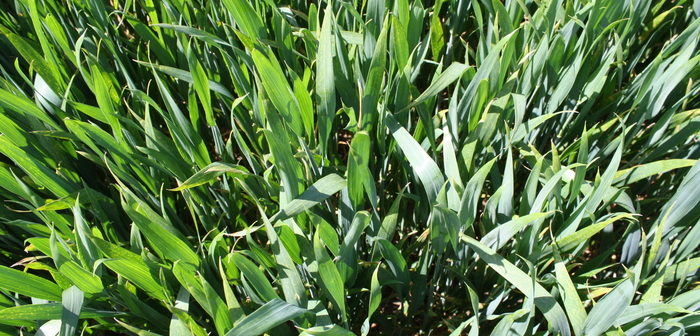Understanding the agronomic characteristics of wheat varieties and how these can be managed more accurately on farm is key to realising potential yields, advises plant breeders Limagrain UK.
Work carried out by Limagrain supports this theory, says the breeders arable technical manager, Ron Granger. “We wanted to look at how seed rate and drilling date interact to affect the yield performance of a variety,” he explains.
Last autumn, Limagrain conducted a trial at Bishop Burton in Yorkshire, comparing the performance of a range of Limagrain wheat varieties. The trials were drilled at two drilling dates; early October and late October, and at three different seed rates; 200, 300 and 400 seeds/m², all in the same location.
“Limited data had suggested that LG Sundance was a high tillering variety and we needed additional data to support this, so we looked at how LG Sundance performed against Revelation specifically, as Revelation is a succesful variety that is well managed on farm.”
“What we found was that LG Sundance was higher yielding at lower seed rates, at both drilling dates. At 200 seeds/m², LG Sundance showed a significant increase of final tiller number over Revelation.”
“LG Sundance showed the best yield at 300 seeds/m² when drilled later, whereas for Revelation, the highest yields were obtained at the higher seed rate of 400 seeds/m².”
“This backs up the information we had already seen from trials and on farm, that Revelation performs better at higher seed rates.”
Mr Granger adds that for both varieties, the later sowing date showed an increase in yield potential over the early sowing date, and confirmed the advantages of increasing seed rates, once past mid-October.
“What this means on farm, is that LG Sundance is a high tillering variety and growers should consider lower seed rates if planting before mid-October,” he says.
“Even at later sowings, the variety shows high yield potential at lower seed rates, so growers should only increase seed rates significantly if weather and soil conditions are not favourable for good plant establishment.”
“Using high seed rates will have implications on standing power and specific weight if plant canopies are too thick, and this is an important consideration for crop management in very high tillering varieties such as LG Sundance.”




